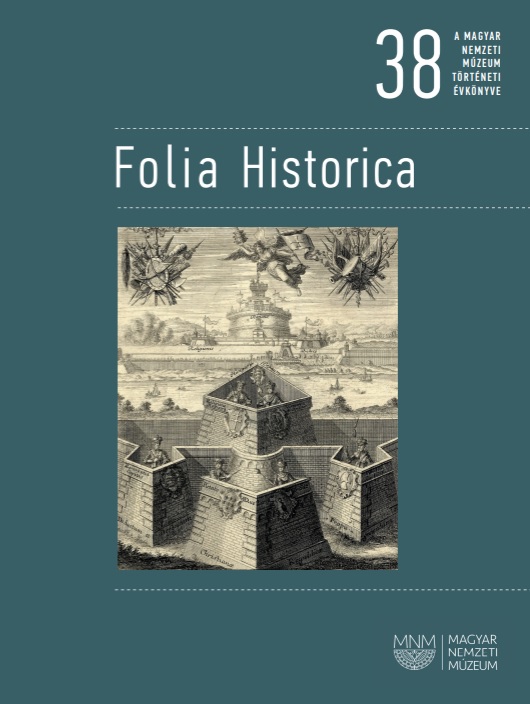"And it would, in my opinion, be most preferable to convert the building to be created from this Solomon Tower into an antiquarian museum…”
Details on the History of the Visegrád Museum, with Particular Consideration of the Work of Miklós Héjj as Museum Director
DOI:
https://doi.org/10.62258/TOMC8292Keywords:
Visegrád, nineteenth-twentieth century, the protection of monuments, museum foundation, József Viktorin, Miklós HéjjAbstract
Visegrád, the former royal residence, was rediscovered during the Reform era, when the town appeared in literature and art as the symbol of a glorious past. Fortunately, this view existed parallel with early attempts to preserve historical monuments, initiated by the Society of Hungarian Physicians and Naturalists.In 1866, József Viktorin (1822–1874) was appointed parson of Visegrád and began his fervent organizational activities to restore Visegrád Castle. In his memoirs, written to József Eötvös, the Minister of Religion and Public Education, Viktorin suggested that Solomon’s Tower should be transformed into a “collection of antiquities,” operating as part of the National Museum.After the First World War, the archaeological and restoration work on the monuments of Visegrád was overseen by architect János Schulek (1872–1948), who entered finds in the inventory and began restoring them from 1934 on. Before his death in 1948, he summed up his ideas for the future museum. The task of organizing the museum of Visegrád was left to Miklós Héjj (1922–1996), who participated in the archaeological excavations in the town from 1948 on. From 1951, he worked as a museologist at the Hungarian National Museum, and later as director of the King Matthias Museum, established in 1950, where he was involved in the protection of monuments, as well as archaeological, organizational, and cultural educational activities until his retirement in 1984. In addition to the archaeological excavations of the Royal Palace, the Lower Castle, the Citadel, the medieval town, the Sibrik, and the Castle Garden, his name also hallmarked setting up the individual units of Visegrád Museum. Héjj is also remembered for establishing the local history collection of the museum by collecting images and documents from the sixteenth to twentieth centuries related to Visegrád. Owing to his efforts and dedication, the collection was enriched by several valuable metal objects excavated from the Danube.In 2022, on the one-hundredth anniversary of Héjj’s birth, the Hungarian National Museum commemorated his work with a conference.


